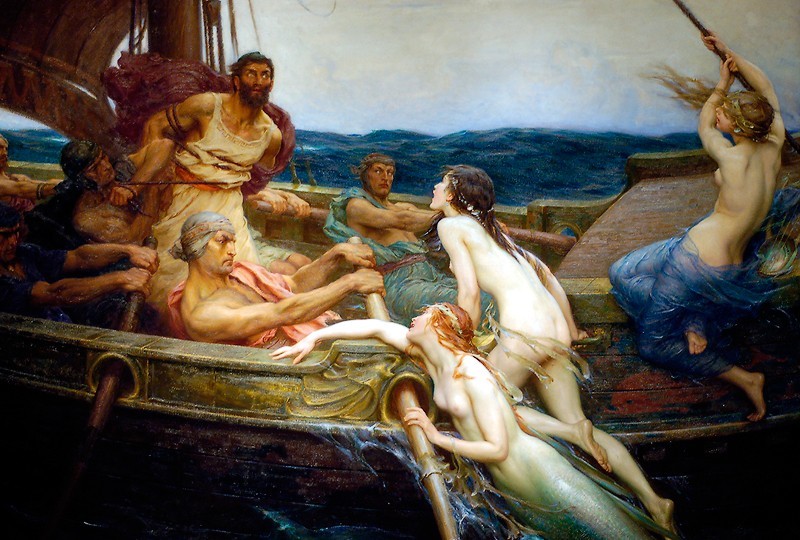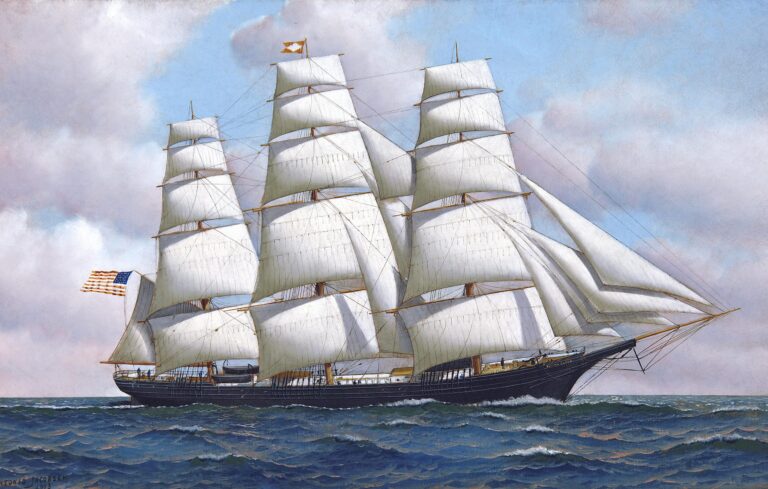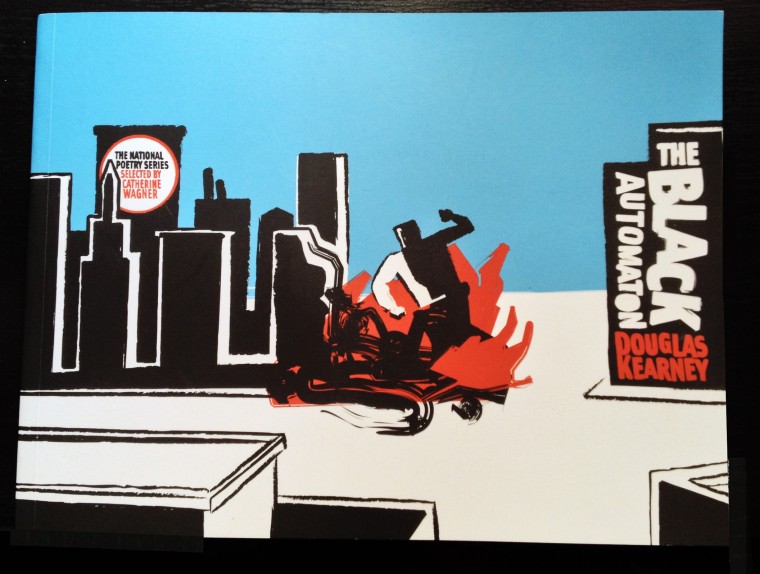Literary Blueprints: The Temptress
If the Byronic Hero is the bad boy of literature, then the Temptress is his female counterpart. The Literary Blueprints series looks at dangerous ladies and their wanton ways.
“She looked slick as hell; polished, neat, and with that feminine deadliness that can drive you nuts. They work on it till they get complete control of the situation. There’s no use trying to break them down. They’ve made it.”—Gil Brewer, noir writer
Confined to the dregs of pulp noir writing in the 1960s, Gil Brewer wrote alongside masters of the genre like James M. Cain and Dashiell Hammett without ever receiving the literary pedigree for which he longed. Central to most of his narratives were femme fatales, all described with borderline perverse ecstasy by the men they would eventually destroy. The granddaughter of the Temptress, the Femme Fatale resides in popular culture as the resident man-eater penned so vividly by Brewer. But her literary origins are classical, perhaps making her one of the oldest female archetypes.
Origin Story: Perhaps the most famous and used female archetype, the Temptress is a woman of many names, including the Siren or the Femme Fatale. The Siren heralds from Greek mythology, specifically The Odyssey where their beautiful songs and seductive looks lured sailors to a rocky death. This equation of sex equals death, or at least betrayal, is repeated throughout Greek and Roman mythology, the Bible, and into modern times.
Characteristics: The key ingredient to any Temptress is allure. In most cases that allure comes from beauty, but it is beauty with an additive—something that draws men (the metaphorical Siren song). It may be wit, sensuality, intelligence, or something undefinable, at least to the hero. Allure is essential because for the Temptress to fulfill her destiny, she must lead the hero, or someone close to him, astray. Or come darn close. She is a plot device, a bump in the road, a test like any other to prove the hero worthy.
Yet if she was just that, it is doubtful that she would be so popular. In many texts, she is a warning about the evil that is a sexually provocative woman. That her power rests in her sensuality is even more threatening, as if it is as dangerous as mythical beasts and gifted sorcerers. Her ability to literally suck a man dry of his virtue makes her a relative of the Vampire (a term that would be shortened to Vamp in the early 20th century).
To say a Temptress is a bad girl to the core is a severe undermining. Many Temptresses are damaged women or those put in the position where they are exploited by the masculine world in which they must survive. Who the Temptress really is and why is often overlooked because so much of her character is about her perception by men, particularly in contrast to other virtuous women. The Sirens and Circe, for example, are shown in contrast to Penelope, Odysseus’ faithful wife who staves off suitors while he is off on adventures.
Whatever her motives, the Temptress rarely triumphs. Instead she either dies or lives with regret and shame for her actions. Only the occasional Temptress finds a happy ending, usually through reform.
Famous Faces: Joining the Sirens and Circe from ancient texts are Medea, Delilah, Salome, and Jezebel (and some might argue, Eve). Morgan Le Fey fills the role in many Arthurian stories. Romantic and Gothic writers loved a Temptress, as shown by works like John Keats’ “La Belle Dams Sans Merci,” Samuel Coleridge’s “Christabel,” or Matthew Gregory Lewis’ The Monk. The Marquis de Sade spun the archetype to create a happy, triumphant Temptress in Juliette, the first of her kind. Oscar Wilde reinterpreted Biblical Temptress Salome in his play of the same name. Rudyard Kipling penned both “The Vampire” and “The Female of the Species” about the deadly nature of women. Nana, the title vixen of Emile Zola’s novel, drives one man to kill himself with scissors. The 20th century brought Brigid from Hammett’s The Maltese Falcon and Phyllis in Cain’s Double Indemnity, high points in the noir genre which relished the Femme Fatale. More recently, Gillian Flynn’s Gone Girl took the Temptress to new, darker places.


